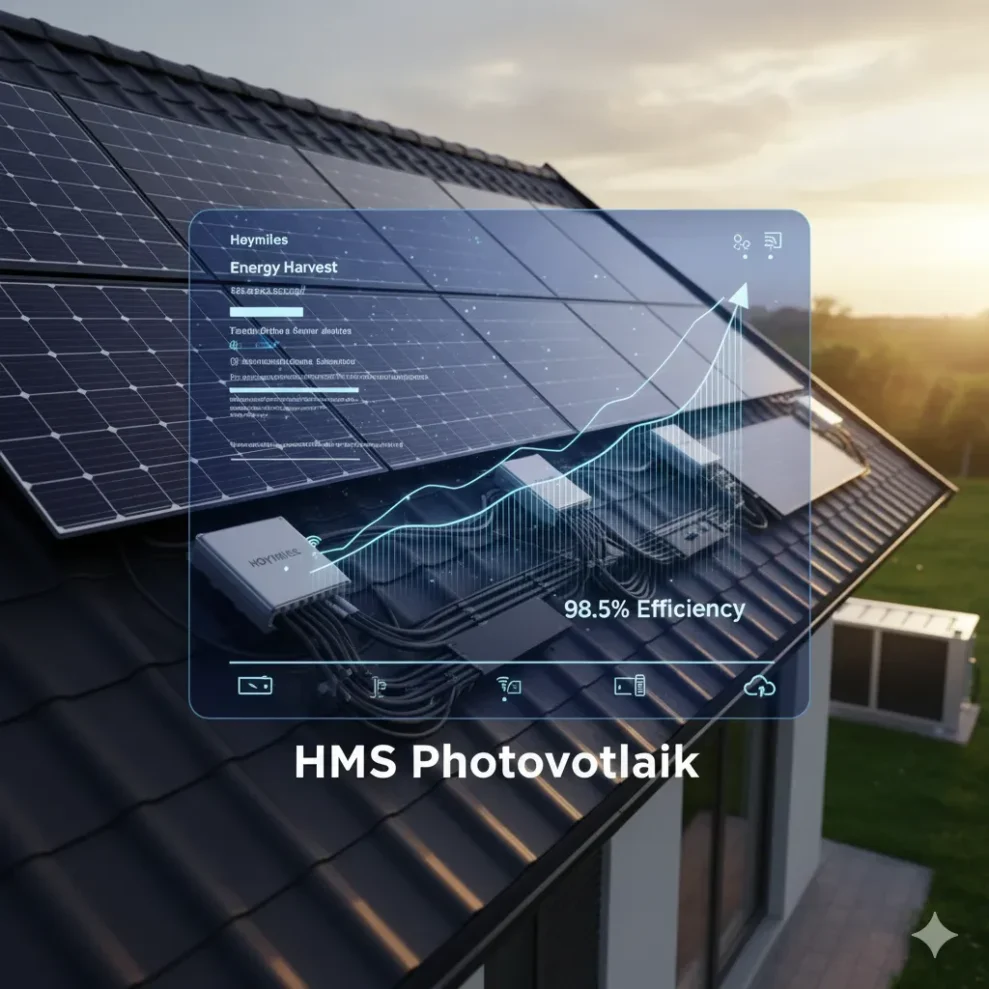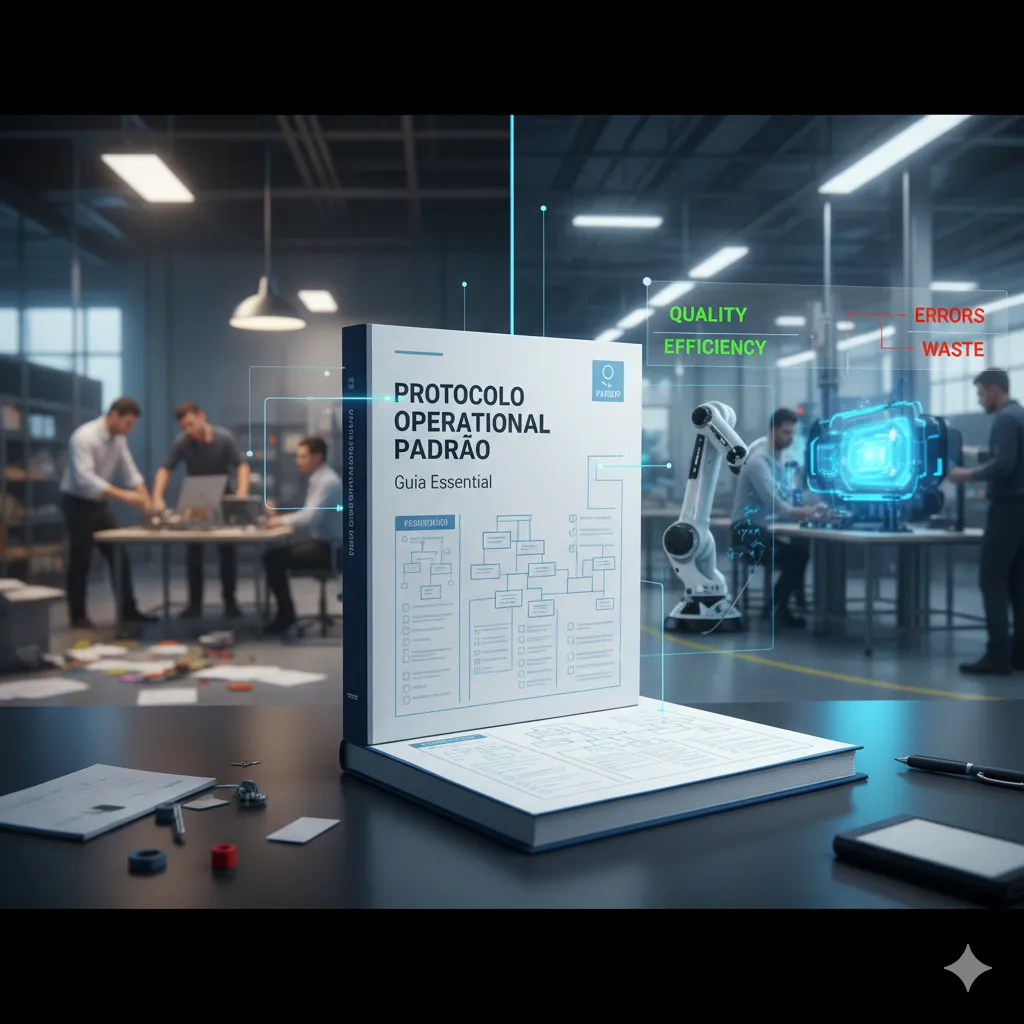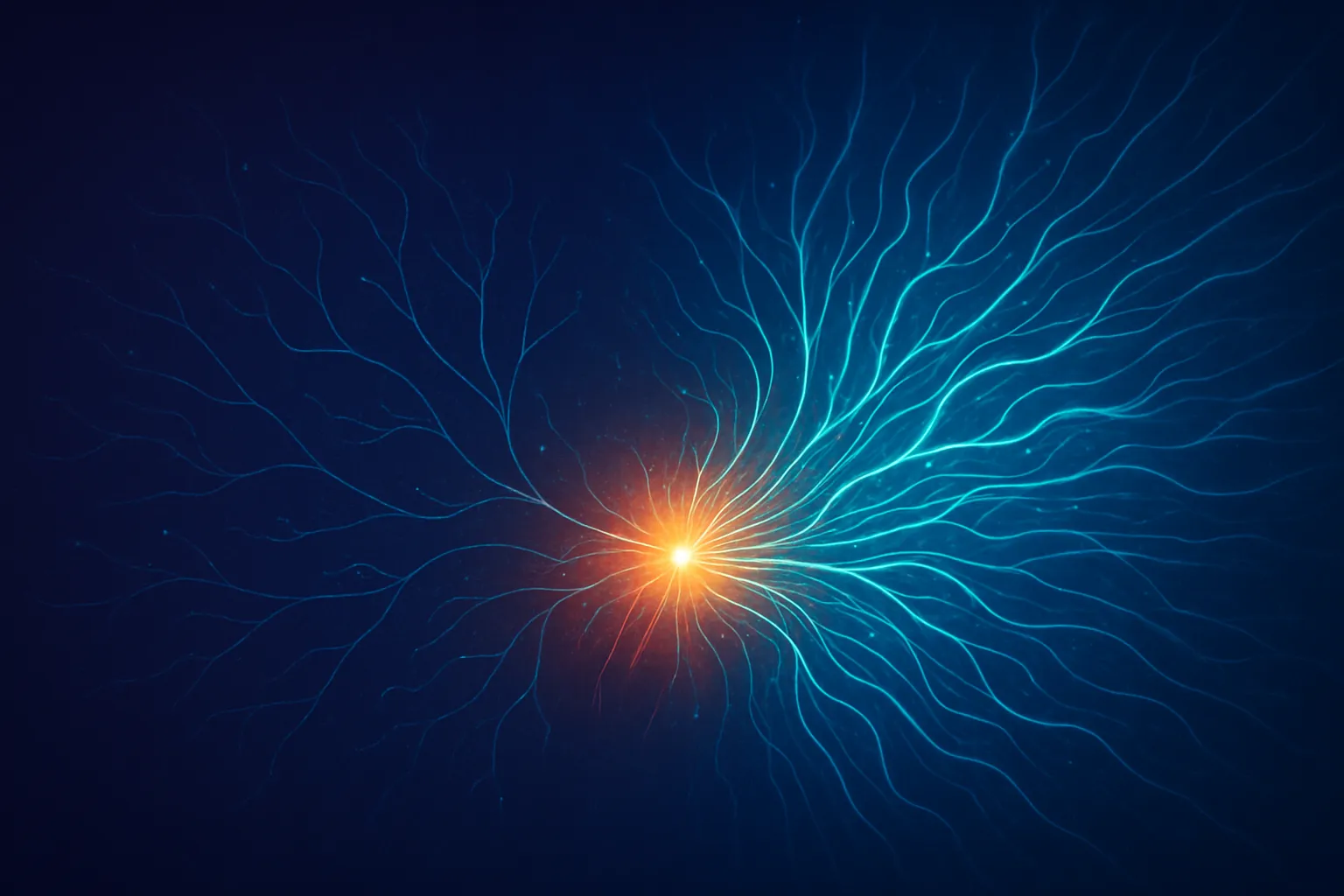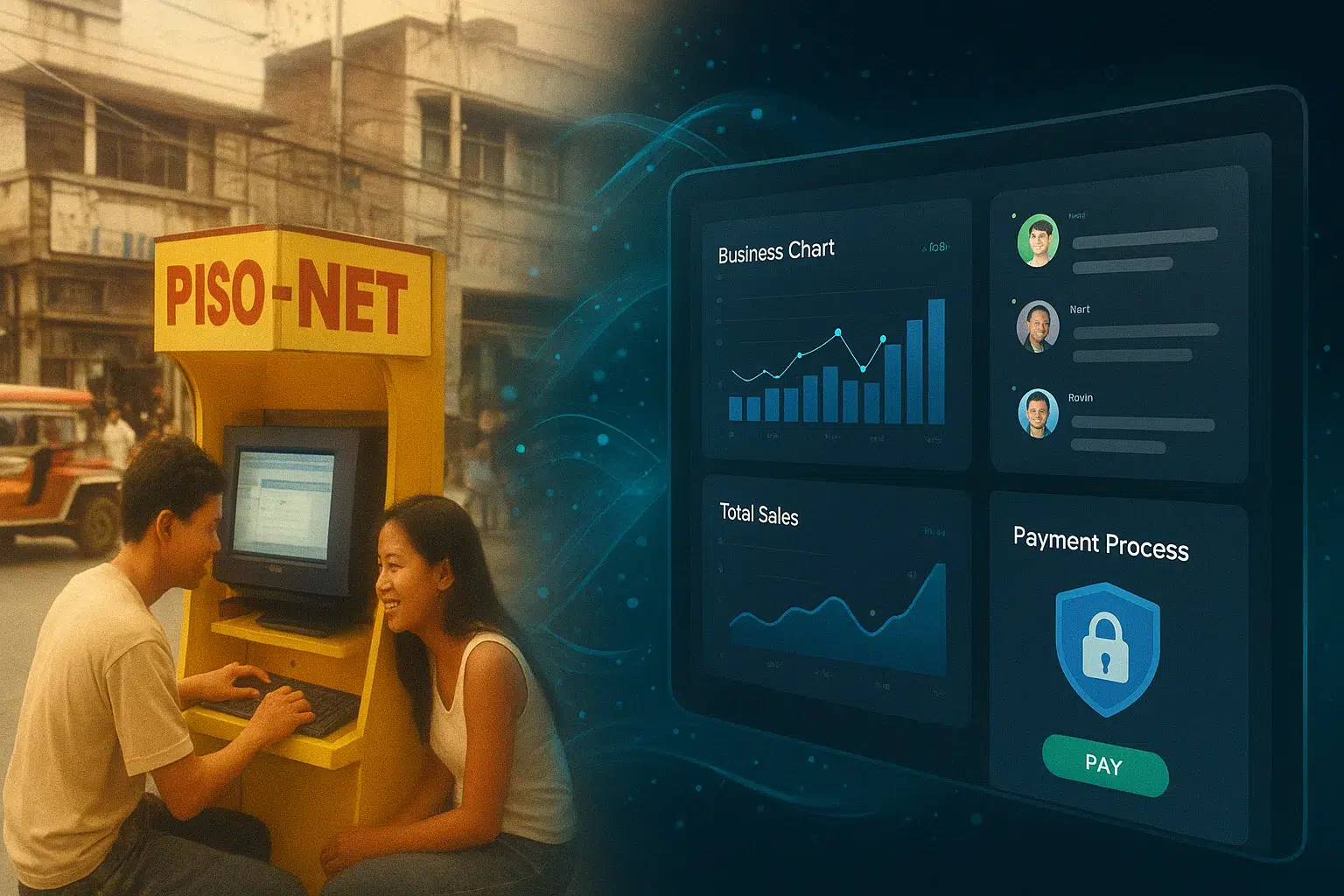Summary: The term “HMS Photovoltaik” signifies a major evolution in solar technology, moving from traditional string arrays to intelligent, highly efficient systems. This advancement, often driven by microinverters and sophisticated monitoring, grants homeowners and businesses unprecedented control, enhanced safety, and superior energy harvest. It represents a crucial step toward achieving true, digitized energy independence in the modern era.
Table of Contents
1. Decoding the Technology: What Exactly is HMS Photovoltaik?
The phrase “HMS Photovoltaik” synthesizes a crucial technology shift in the renewable energy sector. While Photovoltaik is simply the universally understood term for the solar technology that converts sunlight into electricity (PV), the HMS element points directly toward specific, high-tech components that define a modern, intelligent solar array.
This is not a single product, but rather a category of advanced solar solutions—most notably those involving Hoymiles Micro Storage (HMS) microinverters and related monitoring platforms, or specialized services offered by regional solar installation companies. It champions the idea that solar power should be smart, controllable, and decentralized.
It’s about moving past older, bulkier systems and adopting a sleek, digital architecture where every component works together seamlessly to maximize energy yield and guarantee operational reliability. This focus on system-level intelligence is what truly differentiates “HMS Photovoltaik” from yesterday’s standard rooftop solar.
2. The Microinverter Revolution: Efficiency at the Panel Level
At the heart of the “HMS Photovoltaik” movement lies the microinverter. This small but mighty device fundamentally changes how power is harvested and managed on a solar installation. Understanding the technical difference between a microinverter system and a traditional central string inverter is essential for grasping the efficiency gains.
The Problem with Centralized Systems
In a conventional setup, solar panels are wired together in a “string,” and their combined high-voltage direct current (DC) is sent to a single, large string inverter. The main challenge here is the “weakest link” problem. If even one panel in the string is partially shaded by a chimney, dirt, or debris, the entire string’s performance drops to the level of that weakest panel. This is known as panel mismatch, and it’s a significant cause of lost energy production over a system’s lifetime.
The Microinverter Solution: Individual MPPT
Microinverters solve this by placing a dedicated inverter unit directly underneath or beside each solar panel. This allows for Maximum Power Point Tracking (MPPT) at the individual panel level.
- If one panel receives full sun, its microinverter converts that maximum power to alternating current (AC).
- If an adjacent panel is partially shaded, its microinverter extracts the maximum power it can achieve without affecting the output of the fully-lit panels.
This decentralized approach results in a demonstrably higher overall system yield, which can translate into hundreds or thousands of extra kilowatt-hours (kWh) of electricity generated over the years.
3. Prioritizing Safety and Longevity in PV Systems
Beyond efficiency, a key driver for the adoption of microinverter technology is safety, a paramount concern for both homeowners and fire safety regulators.
Electrical Safety and Rapid Shutdown
Traditional string systems operate at dangerously high DC voltages, sometimes exceeding 600 volts, running through wires across the roof and into the house. In the event of damage or a fire, this presents a substantial electrical hazard.
Microinverter systems mitigate this risk entirely. By converting the DC power to standard AC power immediately at the panel, the only electrical current running through the conduit into the building is low-voltage AC, which is significantly safer. Furthermore, this design natively meets or exceeds modern Rapid Shutdown requirements, which mandate that fire personnel can quickly de-energize a rooftop solar system, making the site much safer to navigate during an emergency.
Durability and Redundancy
A system built on microinverters inherently benefits from redundancy. If a central string inverter fails, the entire solar system goes offline. If one microinverter fails, only that single panel’s production is affected; the rest of the system continues to generate power normally. This robust, distributed architecture means less downtime and more reliable long-term performance. Manufacturers associated with “HMS Photovoltaik” also typically offer some of the longest warranties in the industry, reflecting confidence in the units’ durability against harsh weather conditions.
4. The Digital Edge: Intelligent Monitoring and Maintenance
The “HMS” in advanced photovoltaics often implies a deep connection to digital monitoring—the brains of the operation. This is where users gain unprecedented visibility and control over their solar investment.
Real-Time, Panel-Level Data
Platforms like the S-Miles Cloud or similar interfaces associated with HMS components provide a granular view of system performance. Instead of just seeing total daily output, you can see performance metrics for every single panel. This is crucial for proactive maintenance.
If Panel 7 suddenly dips in production due to an object or fault, the system immediately flags it. Maintenance is transformed from a system-wide inspection into a targeted, specific repair, saving time and money. This level of transparency also builds immense trust with the system owner, as they can verify performance metrics directly.
AEO Strategy: Providing Concise Answers
This high-quality, structured data is also highly valuable in the age of Answer Engine Optimization (AEO). When users ask conversational queries like, “Which solar panel on my roof produced the least power last week?”, the system is designed to provide the concise, factual answer needed for AI-powered search results and voice assistants. Structuring content around these data-driven insights ensures the highest level of SEO and AEO effectiveness.
5. Driving Energy Independence with Battery Integration
The rising demand for energy independence and the need to optimize consumption based on fluctuating grid prices have made battery storage essential. Advanced “HMS Photovoltaik” systems are perfectly positioned for this future.
Seamless AC-Coupling
Microinverter systems typically utilize AC-coupled battery storage. This means the power from the panels is converted to AC by the microinverters, sent to the home’s electrical panel, and then excess power is converted back to DC for storage in the battery. While this involves an extra conversion step compared to DC-coupled systems, AC-coupled storage offers several major benefits:
- Flexibility: It can be easily retrofitted to any existing AC-based solar installation.
- Modularity: You can size the solar array and the battery independently based on your needs.
- Time-of-Use (TOU) Optimization: The intelligent software can automate battery charging and discharging cycles to minimize electricity costs. For example, it can charge the battery when utility rates are low and use the stored energy when rates peak, making the system a smart financial tool.
Balcony and Small-Scale Solar
This technology also excels in the growing niche of “balcony solar” or plug-and-play PV. Products like the Hoymiles MS-A2 micro-storage system are specifically designed for small-scale, easy installation scenarios, democratizing solar access for renters and apartment dwellers.
6. The Future of Smart Solar: E-E-A-T and Choosing a Partner
As the technology becomes more sophisticated, the importance of choosing a trustworthy partner—one demonstrating high E-E-A-T (Expertise, Experience, Authoritativeness, and Trustworthiness)—becomes paramount.
When selecting a provider for an “HMS Photovoltaik” solution, consumers should look for more than just a low price. They should verify:
- Experience with Microinverter Technology: The installer should have specialized knowledge in designing and troubleshooting panel-level systems, which differ significantly from string setups.
- Certifications and Licensing: Ensure the company holds all necessary regional and manufacturer-specific certifications.
- Customer Support and Training: Post-installation support is crucial. The best providers offer comprehensive training on using the monitoring app and provide reliable long-term service agreements to maintain peak system health.
By focusing on these criteria, consumers ensure their investment is not only technologically advanced but also supported by expert, reliable service, guaranteeing the maximum return and longevity of their sustainable energy solution.
AEO FAQs: Your Quick Answers on Advanced PV
Q1: Does “HMS” stand for a specific company or a technology type?
A: “HMS” most commonly refers to a technology type—specifically, advanced microinverter and monitoring systems, often associated with products like the Hoymiles Micro Storage (HMS) series. It signifies a smart, decentralized approach to solar energy.
Q2: How does a microinverter system handle panel shading compared to a string inverter?
A: A microinverter system isolates the shaded panel’s issue because each panel operates independently. Unlike a string inverter, where the entire array’s power drops due to the weakest panel, the microinverter system allows unshaded panels to continue producing maximum power, significantly boosting overall energy harvest.
Q3: What is the expected lifespan of a microinverter compared to a string inverter?
A: Microinverters are generally expected to have a longer operational lifespan, often matching the 25-year warranty of the solar panels themselves. Central string inverters typically have a shorter lifespan, often 10 to 15 years, and usually need replacement once during the solar array’s operational life.
Q4: Is it more expensive to install an HMS Photovoltaik system initially?
A: Yes, the upfront component cost is usually higher for microinverters than for a single string inverter. However, this cost is often offset over the system’s lifetime by greater energy production, enhanced safety features, superior monitoring capabilities, and lower maintenance costs.
Q5: How do I know if my solar system needs professional maintenance?
A: The advanced monitoring associated with “HMS Photovoltaik” will tell you! If you see a sustained drop in production from a specific panel (or the entire array) flagged on your app or monitoring platform, that’s your cue to contact your service provider for a professional check.
Q6: Can this technology help me save money using Time-of-Use (TOU) electricity plans?
A: Absolutely. When combined with a smart battery system, the intelligent monitoring can automate energy management. It can be programmed to store solar energy when daytime rates are low and discharge the battery during expensive evening TOU peak hours, maximizing your financial savings.



